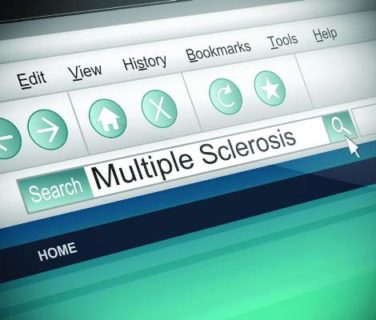AT THE PAS ANNUAL MEETING
SAN DIEGO (FRONTLINE MEDICAL NEWS) – Instituting a standardized protocol for scoring and treating neonatal abstinence syndrome (NAS) patients can significantly decrease overall hospital costs, length of stay, and use of pharmacologic therapy on these young patients, according to a prospective study presented at the annual meeting of the Pediatric Academic Societies.
“Our project aims were to implement a standard care process for NAS at our institution, including consistent scoring, reduced transfers between units, decreased length of stay for treated babies, and decreased costs of NAS hospitalization for both opioid-exposed and NAS-affected newborns,” said Dr. Alison V. Holmes of Dartmouth University, Lebanon, N.H., whose institution implemented the “coordinated [and] standardized program of care” in January 2013.
Under the new protocols, pharmacologic treatment of infants with NAS fell from 45% in 2012 to 25% in 2014, with a 37% rate of treatment over the last 3 years as a whole. Infants born at the hospital were treated pharmacologically at a rate of 36% in 2012, down to 15% in the second and third quarter of 2014, and adjunctive use of phenobarbital decreased from 11% to 5% over the same time period.
Mean length of stay decreased significantly, from 18.2 days to 13.6 days per patient, and the mean number of transfers between departments decreased from 2.1 to 1.5. Shorter hospital stays and fewer interdepartmental transfers decreased the overall hospitalization costs per patient from a mean of $20,225 to $11,318.
Despite all the changes, all-cause 30-day readmission rates and cumulative morphine doses did not change significantly over the course of the study. The total study population was 160 infants, 21% of whom were born in outside facilities before being brought to Dartmouth for NAS treatment; no adverse events were reported.
As explained by Dr. Holmes, the new protocols dictated that infants who did not require critical care were allowed to stay with their mothers in a mother/baby unit. Infants were transferred to the neonatal intensive care unit (NICU) only for treatment related to NAS; they stayed with their mothers or in the general pediatric ward for all other forms of treatment or observation.
This is vastly different from the previous model, which used infants’ Finnegan scores to determine if the baby should be moved to NICU for increased observation. When the infant’s condition improved, that infant was returned to rooming in with its mother. If increased symptoms returned, the baby would then go back to NICU for monitoring and treatment initiation, with the mother often discharged home in the interim. Once stable and on decreasing oral morphine doses, the baby would move back to the general pediatric ward to continue weaning, but if symptoms increased again and caused an increase in morphine dose, then the baby went back to NICU.
Under the new system, explained Dr. Holmes, the treatment team can safely interpret Finnegan scores in context of what is important to the newborn, assessments and scoring can be done on an infant schedule and can involve family, and costs for both treated and at-risk newborns can be halved.
“The implications are that centers with a length of stay of a month or more can significantly shorten their hospital course, and if this model is adopted widely, the potential cost savings and positive impact on families is tremendous,” Dr. Holmes concluded, adding that a limitation of this study is that it was a single-center study of a homogeneous patient population in a rural setting.
Dr. Holmes did not report any relevant financial disclosures.




